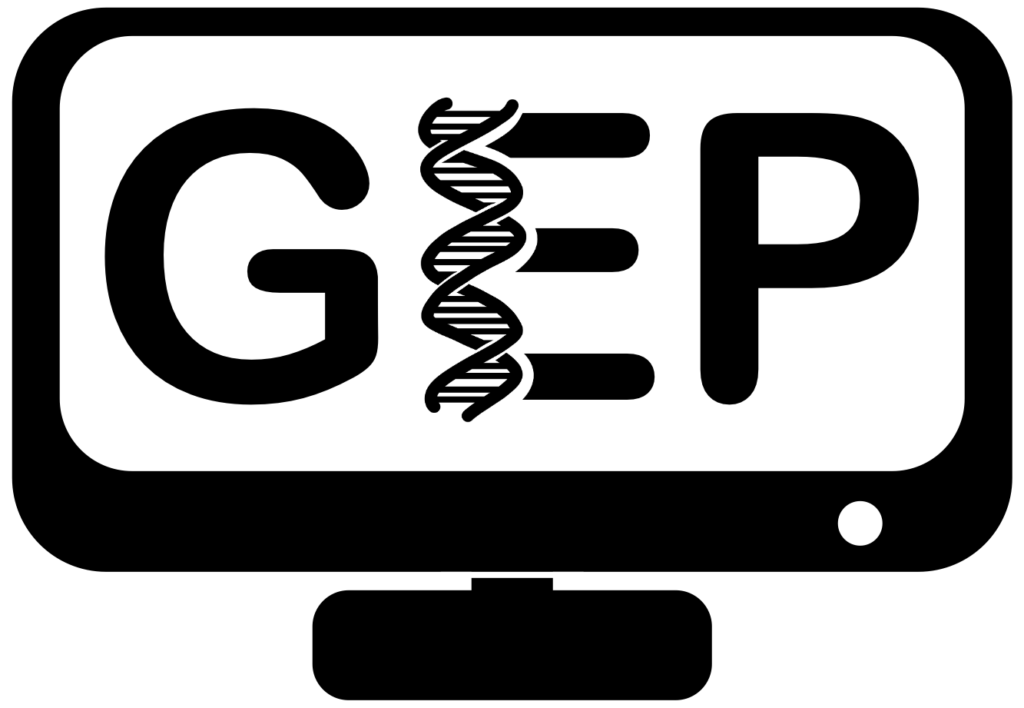First-Generation Sequencing Technologies
Sequencing a Genome: Inside the Washington University Genome Center is a video tour of the Washington University Genome Center that follows the steps in the first-generation genomic sequencing pipeline with animated explanations of the scientific procedures used at the facility. This video tour is aimed at increasing the scientific literacy of biology students in the technology of genomic sequencing and could be used at either the advanced high school or undergraduate level.
Genome Center Video Tour
Introduction
This video provides an overview of the Washington University Genome Sequencing Center (GSC) and the Sanger sequencing pipeline. It also describes some of the genomes that have been sequenced by the GSC.
Prepping
This video provides an overview of the steps required to prepare DNA samples for Sanger sequencing. It describes the key functions of the Media Core and the Mapping Core labs.
Production
This video provides an overview of the Sanger sequencing production pipeline. It includes an introduction to the Library Core, Picking Core, and an introduction to capillary sequencing.
Technology & Development
This video provides an overview of the Technology and Development group, which tests new automation and sequencing protocols before they are deployed into the Production Pipeline.
Overview
This video provides a summary of the entire Sanger sequencing pipeline and some of potential applications of DNA sequencing.
Supplemental Videos
PCR Animation
This animation shows the key components and the steps required for dye terminator sequencing.
Exploring a Pathogenic Bacteria
This interview with Dr. Scott Hultgren at the Washington University School of Medicine describes how DNA sequencing can be used to identify factors that affect the pathogenicity of different strains of E. coli.
Chemistry of Dye Terminator Sequencing
The molecular interactions that occur during Sanger cycle sequencing are complex. The animation explains the chemistry behind the dye terminator sequencing reactions used at genome sequencing centers. It will give you a better understanding of the details involved in the synthesis of fluorescently labeled DNA fragments that provide the data for genomic sequencing projects.
Activities
About
The video tour was produced by a partnership between Washington University School of Medicine Genome Center’s Outreach Program and Washington University Department of Biology Science Outreach. It depicts the processes involved in large-scale sequencing.
This project was funded by a Professorship Award for Dr. Sarah C.R. Elgin from the Howard Hughes Medical Institute (HHMI) to Washington University. Additional support was provided by the National Human Genome Research Institute (NHGRI) through its funding of the Washington University Genome Center Outreach Program.
